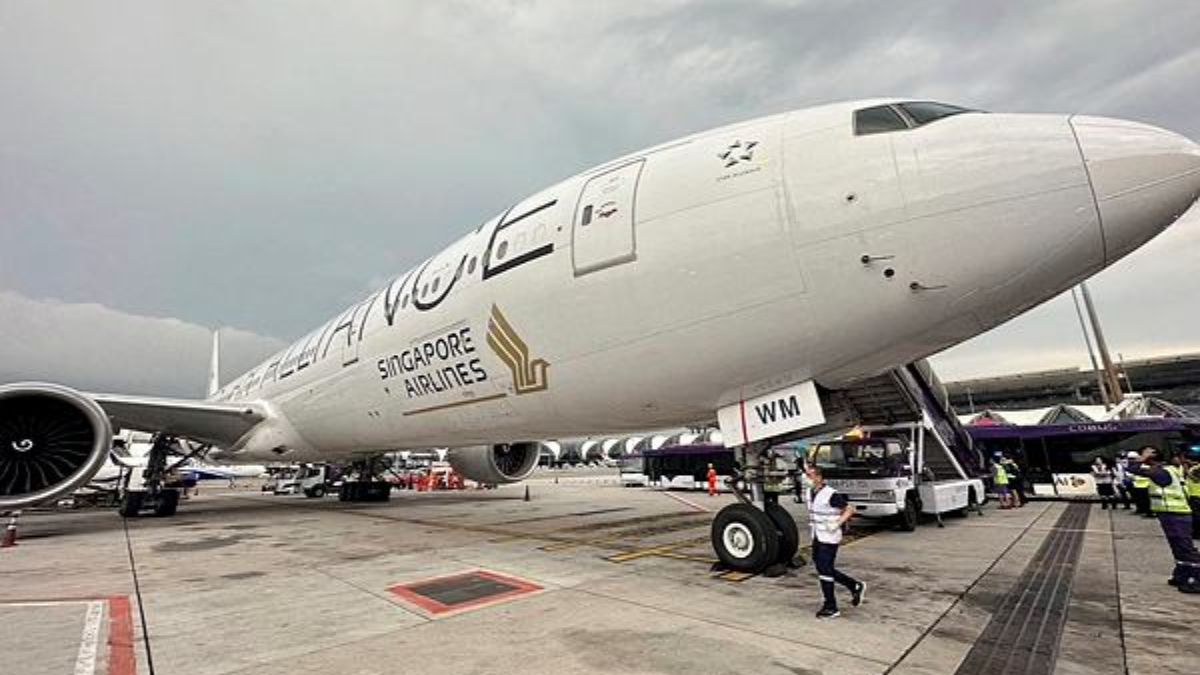The harrowing scenes from a Singapore Airlines flight earlier this week left everyone stunned. The passengers on Singapore Airlines flight SQ321 experienced a terrifying ordeal when the flight suddenly descended 6,000 feet in just three minutes. The severe turbulence on the London to Singapore flight resulted in at least one fatality and injuries to 30 other passengers.
The pilots were unable to anticipate the severe turbulence ahead, leading to one of the most frightening incidents in aviation history. Experts attribute this to a phenomenon known as clear air turbulence (CAT), which is often dubbed the “invisible danger of the skies.” CAT is a rare but potentially deadly event that is difficult to detect and goes unnoticed by radar systems.
Is climate change causing more flight turbulence?
A study from the University of Reading has found that CAT incidents have increased by 55 per cent over the North Atlantic since 1976, with climate change being the primary cause. Researchers at Reading University indicated that rising temperatures due to climate change are significantly increasing turbulence across transatlantic flights.
The jet stream, located between the warm troposphere and the cool stratosphere, experiences increasing wind shear due to the growing temperature differential. While climate change is reducing wind shear in the troposphere, it is increasing in the lower stratosphere, where airplanes typically cruise to avoid atmospheric drag.
“We have global warming in the troposphere, but we have global cooling in the stratosphere,” explained Ramalingam Saravanan, professor and department head of atmospheric sciences at Texas A&M University, to Popular Mechanics. He noted that an increase in carbon dioxide cools the stratosphere, which in turn increases vertical wind shear at cruising altitudes.
Severe turbulence increased by 55 per cent
After analysing climate data spanning more than 40 years, scientists found that severe turbulence, which can cause injuries, has increased by 55 per cent. It may be noted that only 0.1 per cent of the atmosphere contains this extreme level of turbulence. However, even the more commonly encountered light and moderate turbulence saw significant increases, up 17 per cent and 34 per cent, respectively.
This incident highlights the growing impact of climate change on aviation safety, making it crucial for airlines and passengers to remain vigilant and prepared for increasingly turbulent skies.






